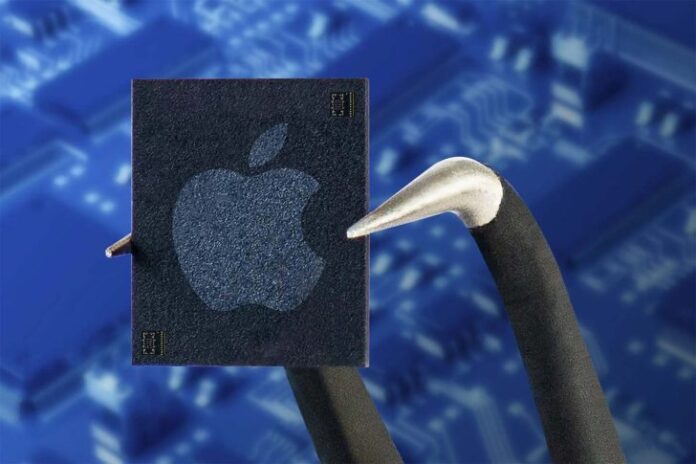
Apple recently renewed its 5G modem partnership with Qualcomm for three more years, giving weight to multiple reports that the California-based giant is running into a myriad of problems with its in-house baseband chip. One report now dives deep into the challenges faced by the company and its team, stating that the first 5G modem prototypes were not only slow but would overheat quickly, making them significantly inferior to Qualcomm’s current versions.
New report mentions that Apple’s in-house 5G modems are estimated to be three years behind Qualcomm
The in-house 5G modem project was codenamed ‘Sinope,’ according to The Wall Street Journal. Details of the paywalled report were spotted by MacRumors’ Tim Hardwick, who mentions that the manifested problems were due to Apple’s lofty ambitions, with the firm failing to oversee any potential pitfalls in the development of its in-house 5G modem. Additionally, poor communication between managers made things even more difficult.
The early prototypes were also rife with performance and overheating issues, and the circuit board was absurdly large, taking up half the space of a current-generation iPhone, making it impractical to be merged with those compact logic boards. Former wireless director of Apple, Jaydeep Ranade, who left the company in 2018, which is the same year the in-house 5G modem project kicked off, says that Apple’s prowess in the custom silicon segment is unmatched, but it does not mean the company is capable of making a modem.
The biggest hurdle is that these modems must comply with strict connectivity regulations around the world, with each region having different conditions and standards. Playing well with wireless carriers was also arduous, so it is no surprise that Apple kept delaying the launch of its custom solution. In short, the expectations that the Cupertino giant placed on the in-house 5G modem while also burdening its team with unrealistic goals led to multiple setbacks.
The report also mentions that unnamed Apple executives understood these challenges better than most, and according to people familiar with the matter, the first custom 5G chips were three years behind Qualcomm’s best modem, which is the Snapdragon X75. With these chips being unable to compete with other modems had they gone into mass production, it is no surprise that Apple did not debut its first solution with the iPhone 15 series. From the look of things, it may not unveil it during the iPhone 16 announcement next year either.
At the earliest, Apple is expected to unveil its first in-house 5G modem by 2025, but given the performance and efficiency challenges emanating from the prototypes, there is a high chance that the company will delay the official launch again.
WccftechContinue reading/original-link]




